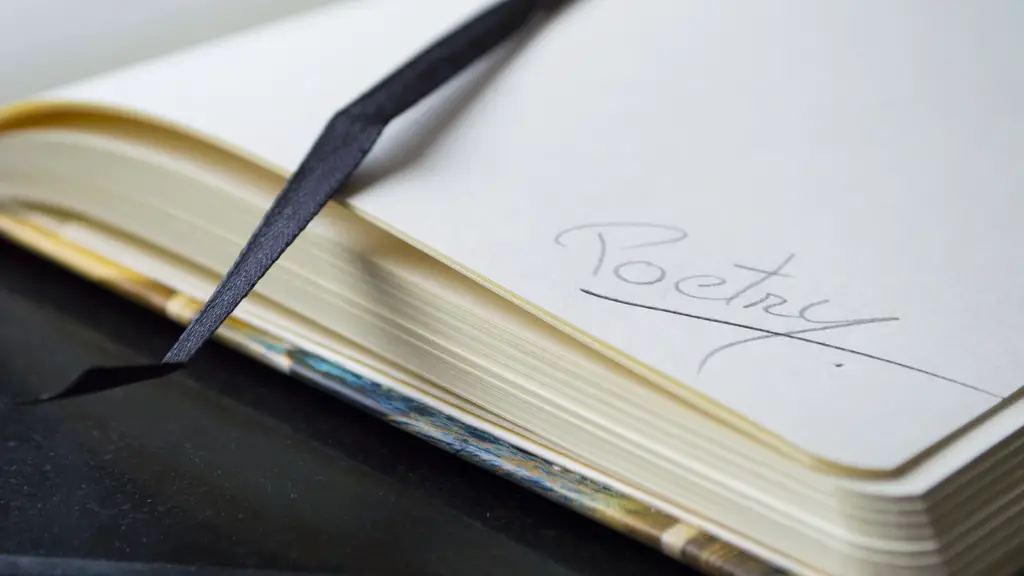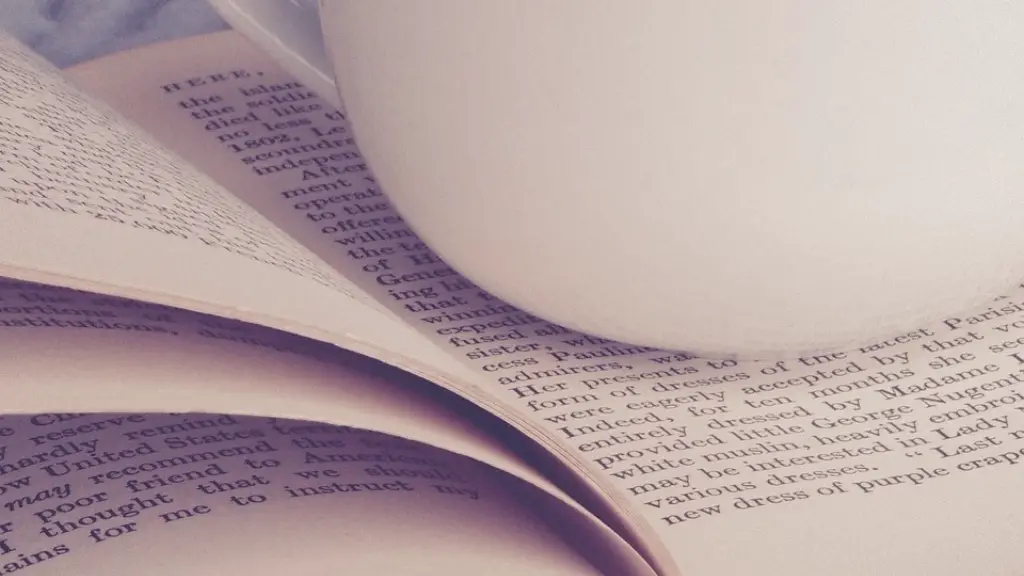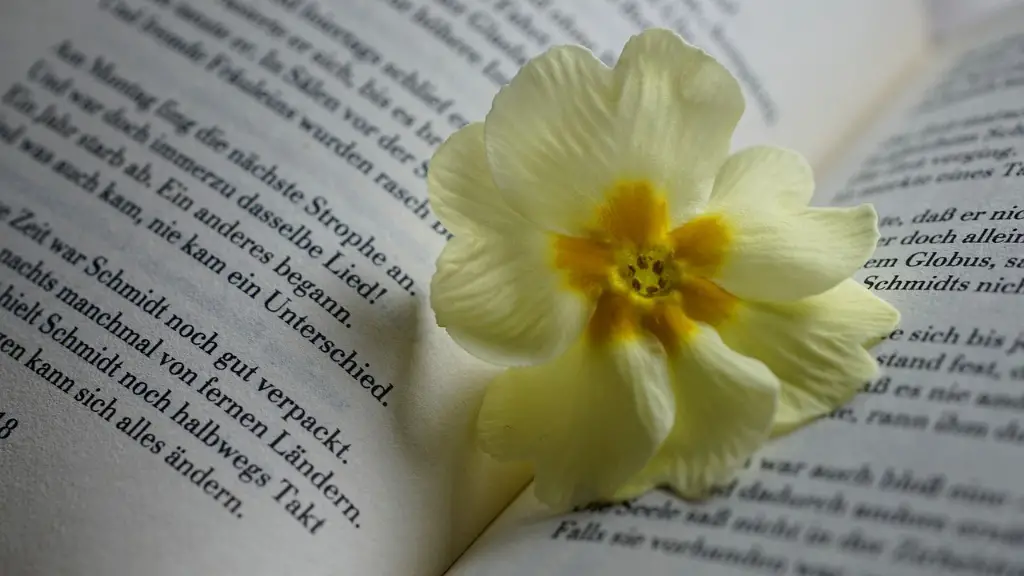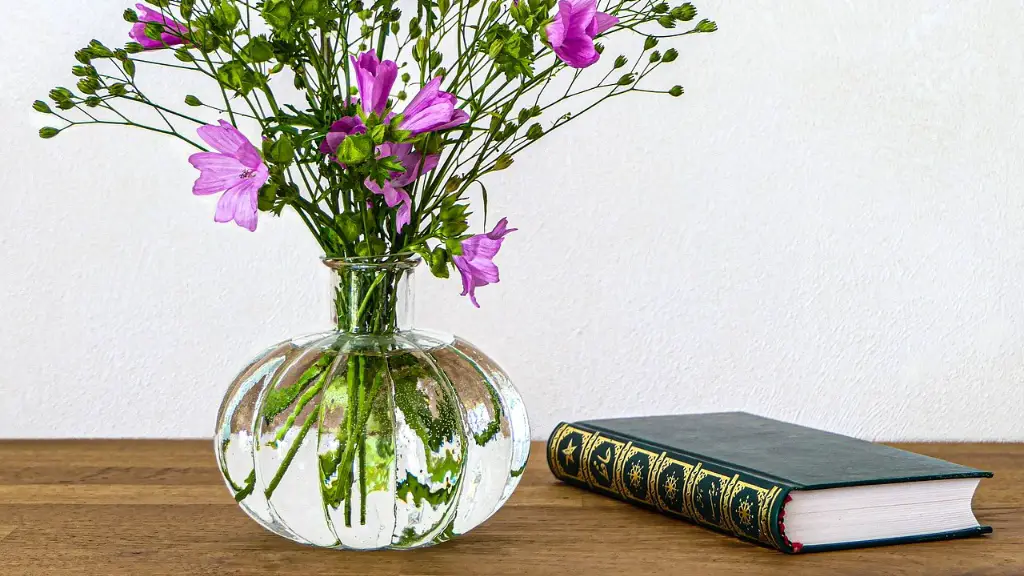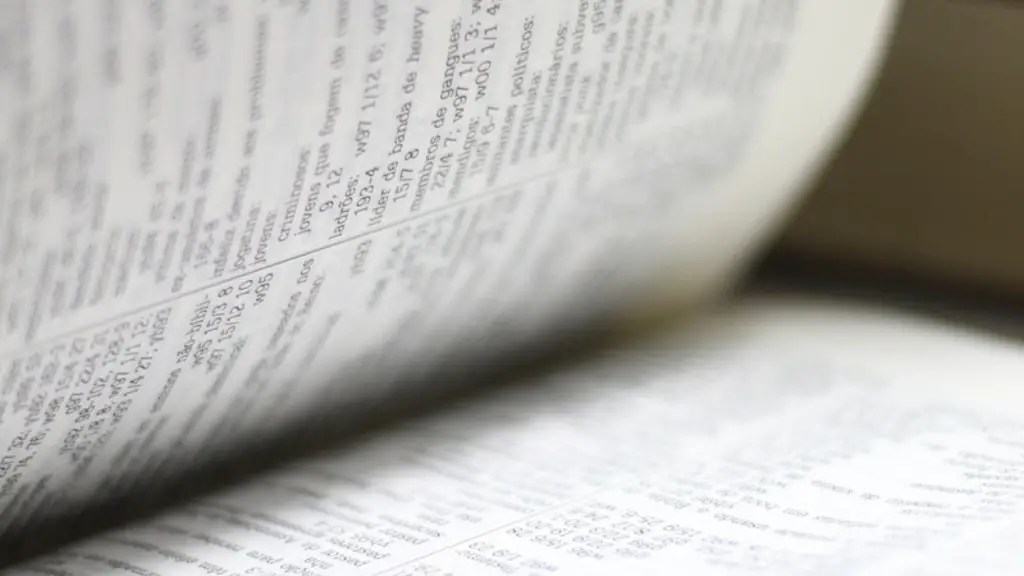What is Poetry that Does Not Rhyme
When it comes to analyzing poetry, rhyme is often seen as a fundamental element. This is due to the fact that rhyme can often accentuate the intended message behind the poem or even break up the stigma of the words themselves, creating a smoother atmosphere of flow.
Even so, as poetic styles have developed over the years and centuries, so too has the idea that poetry does not need to be restricted to rhyme. Poetry that does not incorporate rhyme is today more commonly known as free verse, but for centuries, many writers of various cultures have found ways around the traditional use of rhyme.
One of these styles of Non-Rhyming poetry is the Haiku. The Haiku is an ancient form of Japanese poetry, defined by a strict structure that relies primarily on meter and syllable count. The three lines are composed of 5-7-5 syllables respectively, in order to create a balanced mood, often analogous to the interplay of nature and the human condition.
The main focus that connects all forms of non-rhyming poetry is the sense of flow and rhythm, creating a visual as well as an auditory impact. Unlike rhyming poems which rely on the words creating an independent sound for each line, non-rhyming poetry often relies more on the sentences themselves, rather than on the individual words.
A popular form of non-rhyming poetry are the sonnets, even though they can rhyme and generally have the same structure of twelve lines and a few religious or themed themes, this doesn’t mean that sonnets can not be non-rhyming. Writing sonnets without rhyme allow the words to connect without having to incorporate a forced sound.
Aside from the Haiku and the Sonnet, one of the most famous non-rhyming poets was the American poet Walt Whitman, who is considered to have pioneered the American form of free verse, or “Leaves of Grass”, a form of poetry that do not rely on exact meter or syllable count, but rather the poet’s choice of words to create a particular atmosphere and meaning.
In the practice of writing non-rhyming poetry, poetic techniques such as alliterations, assonance, and onomatopoeia become even more important. These techniques can be used to create powerful word combinations that carry the intended meaning even if the poem does not rhyme, making the poem more effective in delivering the message.
Innovative techniques for non-rhyming poems
Creative techniques, often overlooked, such as internal rhymes, can also be used to express a sense of sound without complying to traditional rhyme schemes. This type of rhymes, also known as addicted rhymes, comprises of a meter pattern involving interchanging an unstressed syllable and then a stressed syllable, giving an atmosphere of euphony within the poem.
Synecdoche, or the use of a part to represent a whole, can also be used to create a powerful atmosphere without the need for traditional rhymes. For example, a poem about a car might use the phrase “four wheels” to signify a car, instead of “it is a car”. This is an effective technique that can create a poem with an interesting atmosphere and meaning.
One of the most powerful techniques for non-rhyming poems is the use of imagery and metaphors. The ability to paint a picture with words can be an extremely powerful tool, as it can invoke a powerful image that the poet wishes to convey and make the reader feel connected to the poem. Imagery and metaphors can often be used to create tone and mood even though there may be no rhyme in the poem.
The benefits of non-rhyming poems
The use of non-rhyming poetry can be a great way for aspiring poets to practice their craft. By taking the challenge to compose a poem without any rhyme, the poet is able to solely focus on the meaning and purpose of the poem, instead of being bogged down by the technicalities of traditional forms of poetry with rhyme.
Therefore, non-rhyming poetry is also a great entry point for beginners and a fantastic tool for experimentation. The lack of strict rhyme scheme allows newcomers to creativity in many ways, exploring different techniques and styles to develop a strong skill set and a better understanding of poetry in general.
Non-rhyming poetry also offers an opportunity for creativity and exploration. By stepping away from the norms of rhyme, the poet is free to explore alternative techniques to express their emotion and views. This can be an invaluable experience for poets, enabling them to make their works more vivid and powerful.
The drawbacks of non-rhyming poetry
However, like anything, there are downsides to non-rhyming poetry. Practice is key to becoming a great poet, and many aspiring poets have become dependent on rhyme in order to structure and rhyme their work. Stepping away from rhyme takes time and understanding, and therefore, it might be harder for beginners to understand or even see the beauty of non-rhyming poetry.
Also, without the traditional rhymes and rhymes patterns, it might be harder for the poet to express their ideas as effectively as with traditional rhymes. In other words, the poet might find it harder to find their words and their sound, creating more difficulty in conveying their message.
Finally, the lack of rhyme might cause lasting problems such as a poem that is too wordy, with no real structure of meaning, instead of a unified form of expression. Without a clear structure, the poem might lose its power or even feel disjointed, disconnecting the reader from the topic.
Implications of non-rhyming poetry
Non-rhyming poetry can offer many advantages for poets of any level, as it allows them to express their emotions and ideas in a different ways. That being said, there are also risks that need to be taken into consideration, particularly for newcomers who are used to writing with rhymes.
Should poets choose to step away from rhyme, they should understand that there is a lot to be learnt from non-rhyming poetry, from the many techniques and styles to practice and the various tools for creativity.
Ultimately, writing non-rhyming poetry can be a great way for aspiring poets to explore their creativity and hone their skills, without having to be restricted by traditional rules. It is up to the poets to decide which form of poetry will be the most suitable for them, and if they choose to write with or without rhymes.
How to write effective non-rhyming poems
For poets looking to start writing effective non-rhyming poems, there are a few simple steps they can take. Firstly, they should think of ideas that they want to convey. Then, they should look at the structure of the poem and focus on the sound of the individual words and sentences, as this will often be more important than rhyme in non-rhyming poems.
Furthermore, poets should also take advantage of techniques such as alliterations, assonance, onomatopoeia and internal rhymes, to convey their ideas more effectively and to create more interesting atmospheres. Finally, poets should also experiment with imagery and use metaphors to express the various concepts, ideas and emotions in the poem.
The impact of non-rhyming poetry
Non-rhyming poetry as a form has been popular for centuries, as poets and authors of all backgrounds have found ways to utilize the form to convey their idea. From the famous American Poet Walt Whitman to the Japanese author Matsuo Basho, many writers have taken advantage of the form and experimented with ways to create powerful and meaningful works without having to rely on the traditional use of rhyme.
As such, non-rhyming poetry has been an essential part of the poetic culture. The form has evolved significantly over time, and its popularity has been on the rise in recent years, with many young poets and authors experimenting with the form and becoming more confident in their use of non-rhyming poetry.
Non-rhyming poetry has also had a significant impact on the literary community, as many authors have found success by taking advantage of the form, creating powerful works that have gone on to be enjoyed by many around the world.
Essential elements of non-rhyming poetry
Non-rhyming poetry is an essential and powerful form of writing that can be used to convey a wide range of emotions and ideas. As such, there are certain elements that should be considered when writing effective non-rhyming poems. Firstly, the focus should be on the sound and the flow, as these elements are often more important than rhyme in non-rhyming poems.
Additionally, poets should also take advantage of the many poetic devices at their disposal, such as alliterations, assonance, and onomatopoeia to create more powerful and meaningful works. Finally, poets should also consider the use of imagery and metaphors to express their ideas in a more vivid way.
